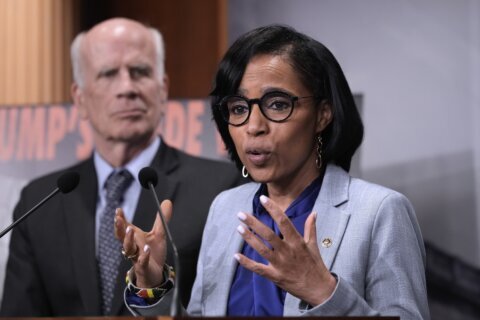Some school systems in Maryland are being impacted by a nationwide laptop shortage, as they prepare to reopen with virtual classes next week.
Between state and federal funding, school systems have enough money to purchase the devices, which “have been of primary importance to us,” said Carol Williamson, the deputy state superintendent for teaching and learning.
But, “Now that we have the dollars, and now that we’ve ordered our digital devices, we can’t get them, because they’re not being produced fast enough,” she said. “We have a number of systems that ordered as soon as they could. However they’ve indicated it’s going to be October-November before they get their devices in.”
The issue was discussed at the state Board of Education meeting Monday. Williamson didn’t specify which school systems were affected. The meeting came as state education leaders have been reviewing the reopening plans each school system has come up with so far.
Another issue is internet access. Williamson stressed the key is not just having an internet connection, but a reliable connection.
“If you have two or three people in your home using a computer at the same time, [say] several children and their parents are working from home because they’re teleworking, you have a huge demand in that home,” she said. “We have to just be aware that there are a lot of things we’re going to have to contend with.”
After reviewing each school systems reopening plans, State Superintendent Karen Salmon said she’s concerned about how much online learning will happen in some jurisdictions.
“It became apparent that there was a lot of variability” in schedules, said Salmon, who urged the board to pass a requirement of “at least an average of 3.5 hours of synchronous learning per day.”
That’s a threshold that most of the school systems in the D.C. area already seem to meet. The board could vote on making that a statewide requirement as soon as Tuesday morning.
“I want to make sure that all students have the same opportunities across the state for learning, and I think this is very, very crucial,” said Salmon. “There are some school systems that are providing more than three hours of synchronous learning a day, and many are at the rate of four or above. We were concerned about the systems that were at one or one and a half or two.”








